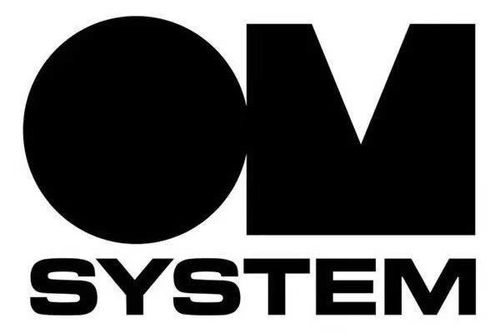
Understanding the Om Symbol

The Om symbol, often represented as AUM, is a sacred symbol in Hinduism and Buddhism, and it holds immense significance in these religions. It is a symbol that transcends language and culture, and its meaning can be explored from various perspectives.
Origins and Symbolism

The Om symbol is believed to be the primordial sound of the universe, the first sound that was created. It is considered to be the source of all sounds and is often chanted in meditation and prayer. The symbol itself is made up of three letters: A, U, and M.
| Letter | Meaning |
|---|---|
| A | Creation |
| U | Maintenance |
| M | Destruction |
These letters represent the three main aspects of the universe: creation, maintenance, and destruction. The Om symbol is also believed to represent the unity of all existence, and it is often used as a sign of respect and devotion in Hindu and Buddhist rituals.
Om in Hinduism

In Hinduism, the Om symbol is considered to be one of the most sacred sounds. It is often chanted at the beginning and end of rituals and ceremonies, and it is believed to purify the mind and body. The sound of Om is believed to have the power to heal and to bring peace and tranquility.
In Hindu temples, the Om symbol is often found on the walls and ceilings, and it is also used in art and architecture. It is a symbol of the divine and is often associated with the god Brahma, the creator of the universe.
Om in Buddhism
In Buddhism, the Om symbol is also considered to be sacred. It is often used in meditation and is believed to help practitioners focus their minds and achieve enlightenment. The sound of Om is believed to have the power to purify the mind and to bring about a sense of peace and well-being.
In Buddhist temples, the Om symbol is often found in the same places as in Hindu temples, and it is also used in art and architecture. It is a symbol of the Buddha and is often associated with the concept of emptiness and the interconnectedness of all things.
Om in Modern Culture
In modern culture, the Om symbol has become popular as a symbol of spirituality and well-being. It is often used in yoga studios, meditation centers, and wellness retreats. The sound of Om is believed to have the power to reduce stress and to promote relaxation.
The Om symbol is also used in jewelry and fashion, and it is a popular tattoo design. It is a symbol of personal spirituality and is often used to express a commitment to self-improvement and personal growth.
Conclusion
The Om symbol is a powerful and meaningful symbol that has been used for centuries in Hinduism and Buddhism. Its origins and symbolism are rich and complex, and its significance continues to be explored and celebrated in modern culture. Whether you are a practitioner of Hinduism or Buddhism, or simply someone who appreciates the beauty and power of the Om symbol, its meaning is sure to resonate with you.






